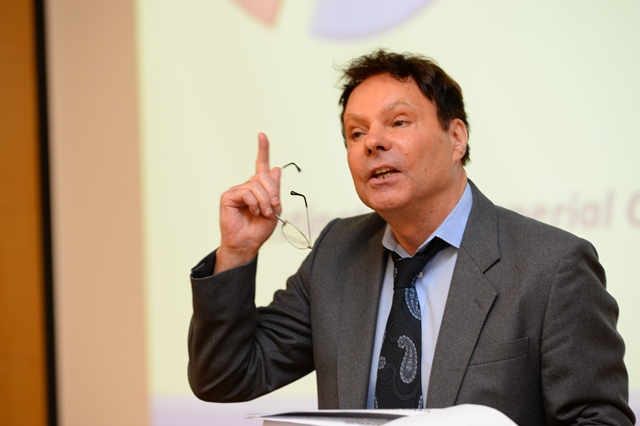
A joint research paper “Effect of amino groups of mesoporous silica nanoparticles on CpGoligodexynucleotidedelivery” was published in Science and Technology of Advanced Material which is “an international, peer-reviewed journal in materials science through the NIMS sponsorship”[1], which was the extended collaboration among The Sino-British College (SBC) and the University of Shanghai for Science & Technology (USST) Dr Peter Claiden, Senior Lecturer of the School of Engineering at SBC is the listed second author of the joint research paper. National Institute for Material Science (NIMS) is an Independent Administrative Institution and one of the largest scientific research centers in Japan. [1]
This research work is connected with the joint research work on nanosilica composites last year which was collaboration among SBC, USST and Liverpool John Moores University (LJMU).
In this joint research, Dr Claiden with his colleagues from the Materials Department at USST studies the effect of different amino groups of mesoporous silicananoparticles (MSNs), which are modified with NH2, 2NH2and 3NH2, on CpGoligodexynucleotide (CpG ODN) delivery. They investigated serum stability, in vitro cytotoxicity and cytokine interleukin-6 (IL-6) of the three kinds of aminated-MSN-based CpG ODN delivery system in details in order to find the connection between the binding of CpG ODN on different aminated MSNs and the different cytokine induction ability which show potential for clinical applications in CpG ODN treatment which is a promising for treating diseases such as cancer, allergy, infectious diseases and arthritis. (The joint research paper, click here)
Dr Claiden said, as a trained Engineer, he can make a contribution to this kind of biological research (DNA binding and unbinding) because the same fundamental forces are involved as those studied by Engineers. He also gave as an example, Wang Jiajun, one of SBC excellent engineering graduates who has made impressive achievement in biological research using wider application of his engineering studies. Dr Claiden mentioned, as a continuation of joint research, he would work with Materials and Mathematics Groups at USST to build theoretical models which are useful because of the difficulties of observing nano-scale complex processes in vivo.
[1]https://en.wikipedia.org/wiki/National_Institute_for_Materials_Science
Expertise Summary
Dr Peter Claiden is from Britain. He started his teaching career at University of Northumbria UK teaching Engineering for almost 10 years. And then he furthered his study at University of Cambridge and in 2002 obtained a Master of Philosophy in Materials Modeling. Later he went to UAE University teaching ICT. He has 4 years’ experience as an Academic Researcher including software development at BBC Research and Development. He has spent 5 years working in Engineering Consultancy, including the nuclear industry and obtained his industrially-sponsored doctor degree from University of Sunderland, UK.





